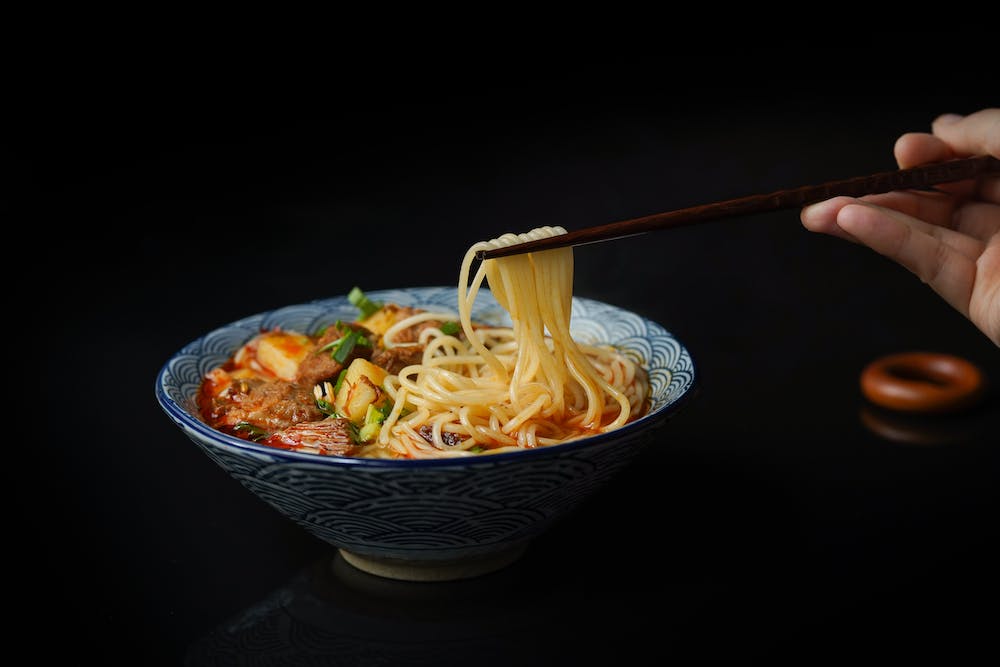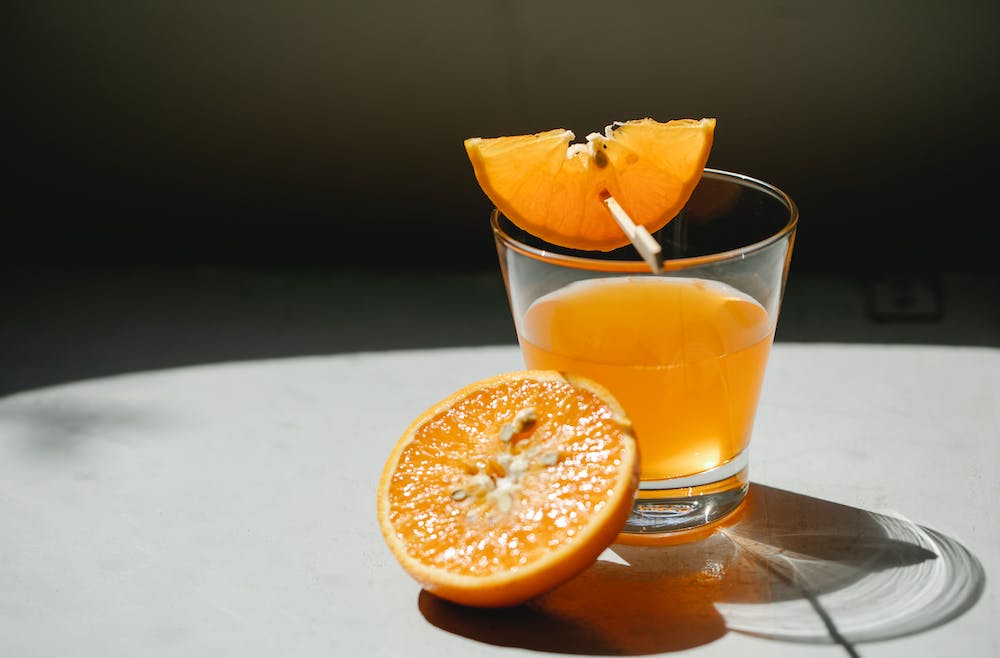Iron-Rich Foods: Nourishing Your Body’s Oxygen Carriers
 Did you know that iron is essential for your health and well-being? Iron is a mineral that helps your red blood cells carry oxygen throughout your body. Without enough iron, you may feel tired, weak, dizzy, or even develop anemia. That’s why it’s important to eat foods that are rich in iron every day!
Did you know that iron is essential for your health and well-being? Iron is a mineral that helps your red blood cells carry oxygen throughout your body. Without enough iron, you may feel tired, weak, dizzy, or even develop anemia. That’s why it’s important to eat foods that are rich in iron every day!
 But what are some of the best sources of iron? And how can you make sure you’re getting enough of this vital nutrient? In this blog post, we’ll explore some of the most delicious and nutritious iron-rich foods that you can add to your diet. Whether you’re a meat lover, a vegetarian, or a vegan, there’s something for everyone on this list!
But what are some of the best sources of iron? And how can you make sure you’re getting enough of this vital nutrient? In this blog post, we’ll explore some of the most delicious and nutritious iron-rich foods that you can add to your diet. Whether you’re a meat lover, a vegetarian, or a vegan, there’s something for everyone on this list!
 Meat, Poultry, and Seafood
Meat, Poultry, and Seafood
 If you eat animal products, you’re in luck! Meat, poultry, and seafood are some of the most concentrated sources of iron available. They contain heme iron, which is easily absorbed by your body and helps prevent iron deficiency. Some of the best choices include:
If you eat animal products, you’re in luck! Meat, poultry, and seafood are some of the most concentrated sources of iron available. They contain heme iron, which is easily absorbed by your body and helps prevent iron deficiency. Some of the best choices include:
 – Lean beef: A 3-ounce serving of lean beef provides about 2.4 milligrams of iron, or 13% of the daily value (DV) for adults. Plus, beef is also high in protein, zinc, and vitamin B12.
– Lean beef: A 3-ounce serving of lean beef provides about 2.4 milligrams of iron, or 13% of the daily value (DV) for adults. Plus, beef is also high in protein, zinc, and vitamin B12.
– Chicken liver: A 3-ounce serving of chicken liver provides a whopping 11 milligrams of iron, or 61% of the DV. Chicken liver is also rich in folate, vitamin A, and choline.
– Oysters: A 3-ounce serving of cooked oysters provides about 8 milligrams of iron, or 44% of the DV. Oysters are also a great source of zinc, copper, selenium, and vitamin B12.
– Canned tuna: A 3-ounce serving of canned tuna provides about 1.4 milligrams of iron, or 8% of the DV. Canned tuna is also low in fat and high in protein and omega-3 fatty acids.
 To boost your iron absorption from these foods, pair them with foods that are high in vitamin C, such as citrus fruits, tomatoes, peppers, or broccoli. Vitamin C enhances the uptake of non-heme iron from plant sources.
To boost your iron absorption from these foods, pair them with foods that are high in vitamin C, such as citrus fruits, tomatoes, peppers, or broccoli. Vitamin C enhances the uptake of non-heme iron from plant sources.
 Legumes, Nuts, and Seeds
Legumes, Nuts, and Seeds
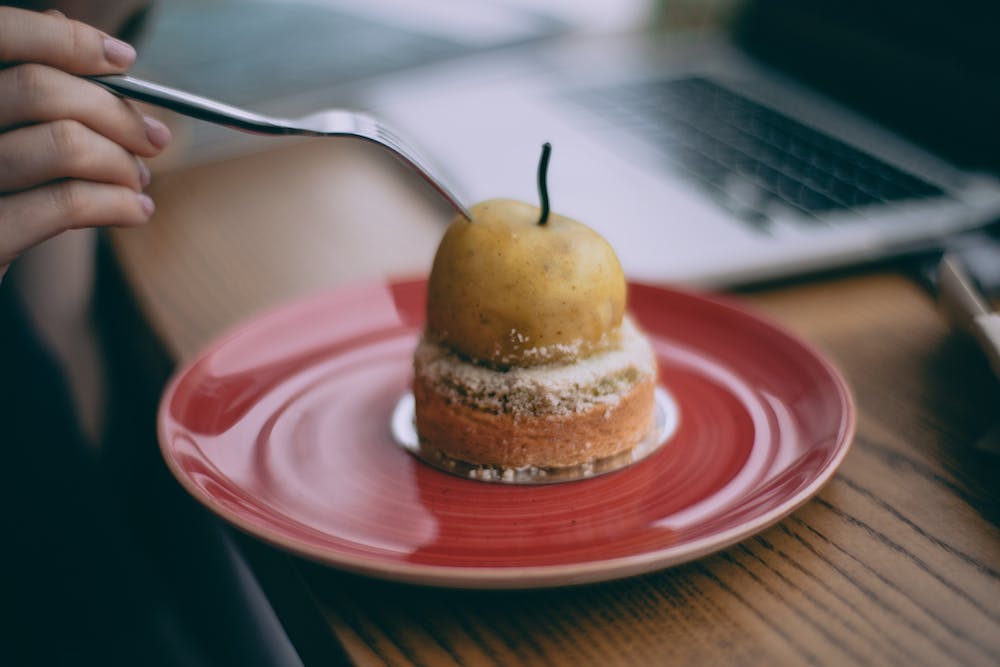 If you’re looking for plant-based sources of iron, legumes, nuts, and seeds are your best friends. They contain non-heme iron, which is less readily absorbed by your body than heme iron from animal sources. However, you can still get enough iron from these foods if you eat them regularly and combine them with vitamin C-rich foods. Some of the best options include:
If you’re looking for plant-based sources of iron, legumes, nuts, and seeds are your best friends. They contain non-heme iron, which is less readily absorbed by your body than heme iron from animal sources. However, you can still get enough iron from these foods if you eat them regularly and combine them with vitamin C-rich foods. Some of the best options include:
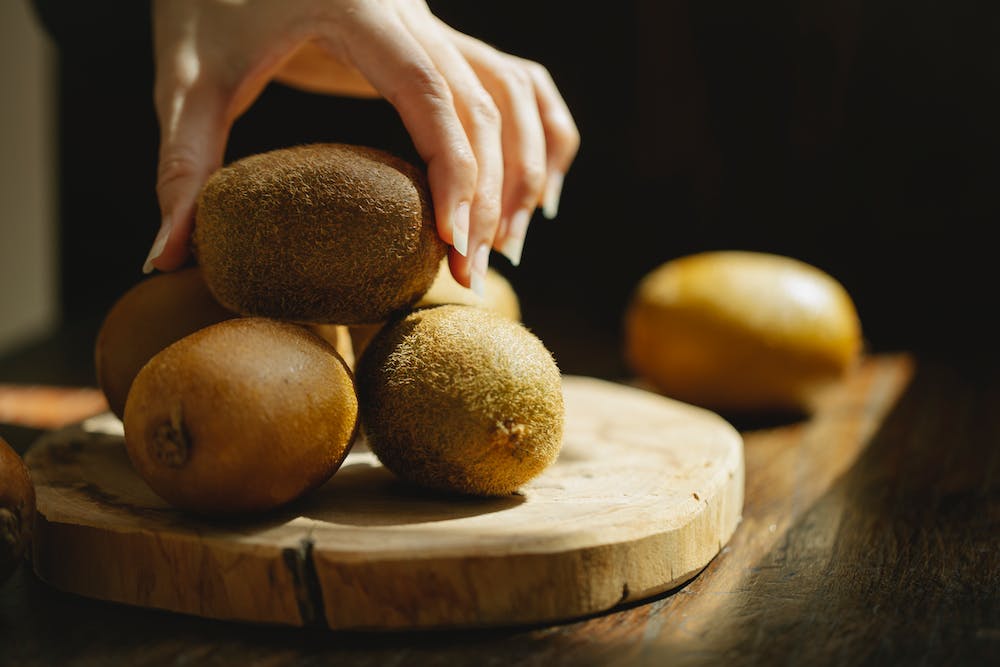 – Lentils: A cup of cooked lentils provides about 6.6 milligrams of iron, or 37% of the DV. Lentils are also high in protein, fiber, folate, and potassium.
– Lentils: A cup of cooked lentils provides about 6.6 milligrams of iron, or 37% of the DV. Lentils are also high in protein, fiber, folate, and potassium.
– Chickpeas: A cup of cooked chickpeas provides about 4.7 milligrams of iron, or 26% of the DV. Chickpeas are also high in protein, fiber, folate, and manganese.
– Pumpkin seeds: A quarter cup of pumpkin seeds provides about 2.5 milligrams of iron, or 14% of the DV. Pumpkin seeds are also high in magnesium, zinc, and healthy fats.
– Almonds: A quarter cup of almonds provides about 1.3 milligrams of iron, or 7% of the DV. Almonds are also high in calcium, vitamin E, and monounsaturated fats.
 You can enjoy these foods as snacks or add them to salads, soups, stews, curries, or stir-fries for a boost of iron and flavor.
You can enjoy these foods as snacks or add them to salads, soups, stews, curries, or stir-fries for a boost of iron and flavor.
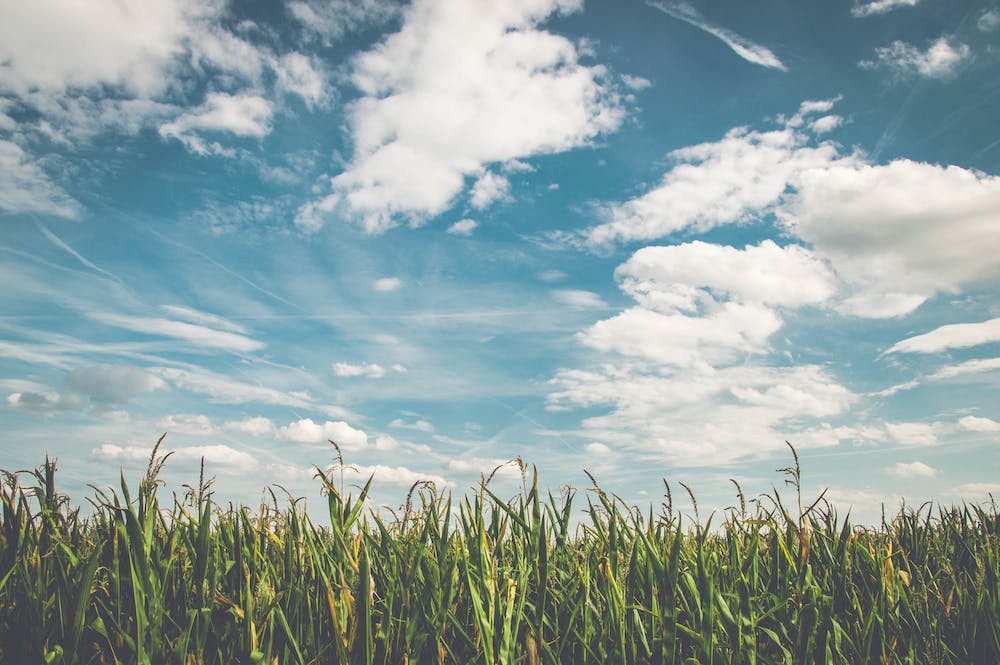 Leafy Greens and Other Vegetables
Leafy Greens and Other Vegetables
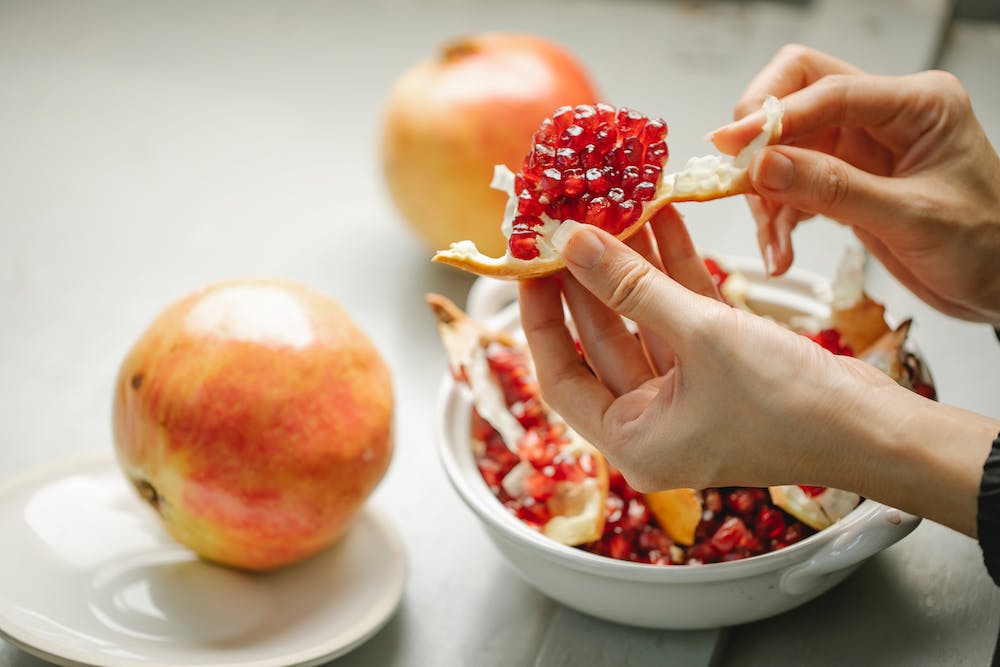
 Another great way to get more iron from plants is to eat leafy greens and other vegetables that are rich in this mineral. These foods also provide other vitamins,
Another great way to get more iron from plants is to eat leafy greens and other vegetables that are rich in this mineral. These foods also provide other vitamins,
minerals,
and antioxidants that benefit your health. Some
of the best choices include:
– Spinach: A cup
of cooked spinach provides about
6.4 milligrams
of iron,
or
36%
of
the DV.
Spinach
is
also
high
in
vitamin
A,
vitamin
K,
folate,
and
magnesium.
– Kale: A cup
of chopped kale provides about
1.1 milligrams
of iron,
or
6%
of
the DV.
Kale
is
also
high
in
vitamin
C,
vitamin
K,
calcium,
and
fiber.
– Broccoli: A cup
of chopped broccoli provides about
0.9 milligrams
of iron,
or
5%
of
the DV.
Broccoli
is
also
high
in
vitamin
C,
vitamin
K,
folate,
and
sulforaphane.
– Brussels sprouts: A cup
of halved Brussels sprouts provides about
1.9 milligrams
of iron,
or
11%
of
the DV.
Brussels sprouts
are
also
high
in
vitamin
C,
vitamin
K,
fiber,
and
kaempferol.
 You can enjoy these vegetables raw, cooked, steamed, roasted, or sautéed. You can also add them to salads, sandwiches, wraps, or smoothies for a burst of iron and color.
You can enjoy these vegetables raw, cooked, steamed, roasted, or sautéed. You can also add them to salads, sandwiches, wraps, or smoothies for a burst of iron and color.
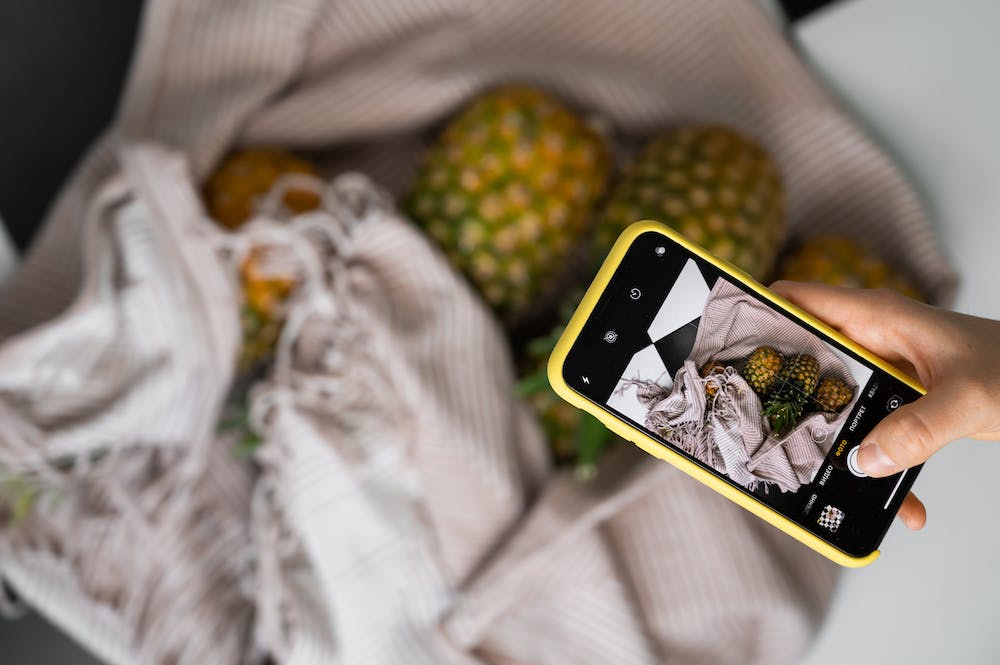 Fortified Foods
Fortified Foods
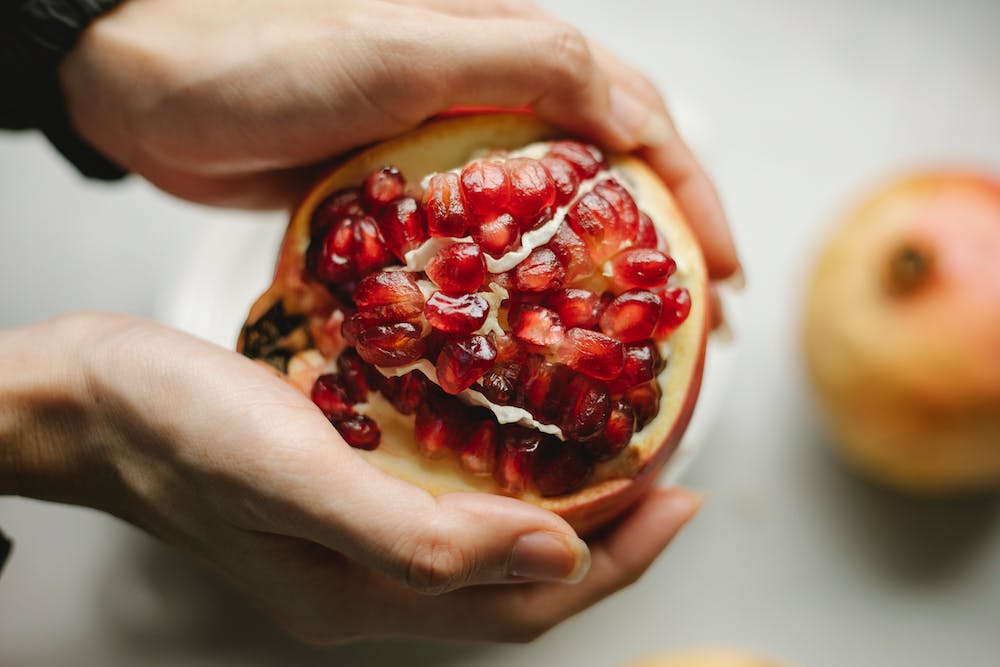 If you’re still worried about getting enough iron from your diet, you can also opt for fortified foods that have added iron. These foods are usually enriched with iron and other nutrients to prevent deficiencies and improve health. Some of the most common fortified foods include:
If you’re still worried about getting enough iron from your diet, you can also opt for fortified foods that have added iron. These foods are usually enriched with iron and other nutrients to prevent deficiencies and improve health. Some of the most common fortified foods include:
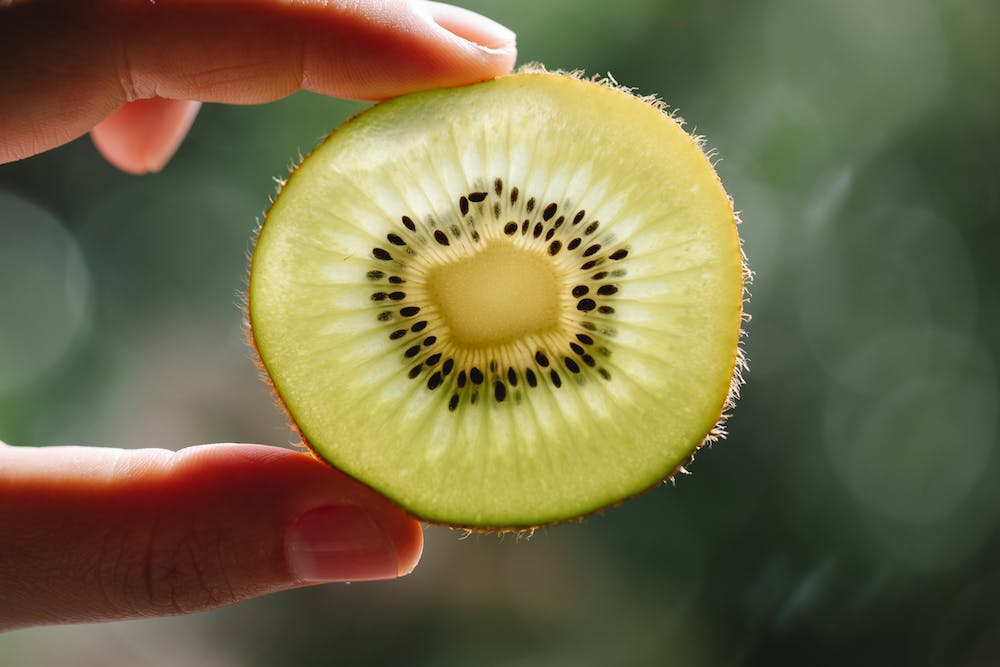 – Cereals: Many breakfast cereals are fortified with iron and other vitamins and minerals. Check the nutrition label to see how much iron each serving provides. Some cereals can provide up to 100% of the DV for iron per serving.
– Cereals: Many breakfast cereals are fortified with iron and other vitamins and minerals. Check the nutrition label to see how much iron each serving provides. Some cereals can provide up to 100% of the DV for iron per serving.
– Bread: Some types of bread are also fortified with iron and other nutrients. Look for whole wheat bread, rye bread, or pumpernickel bread that have added iron. Some breads can provide up to 6% of the DV for iron per slice.
– Rice: Some varieties of rice are also enriched with iron and other nutrients. Look for long-grain white rice, brown rice, or wild rice that have added iron. Some rice can provide up to 8% of the DV for iron per cup.
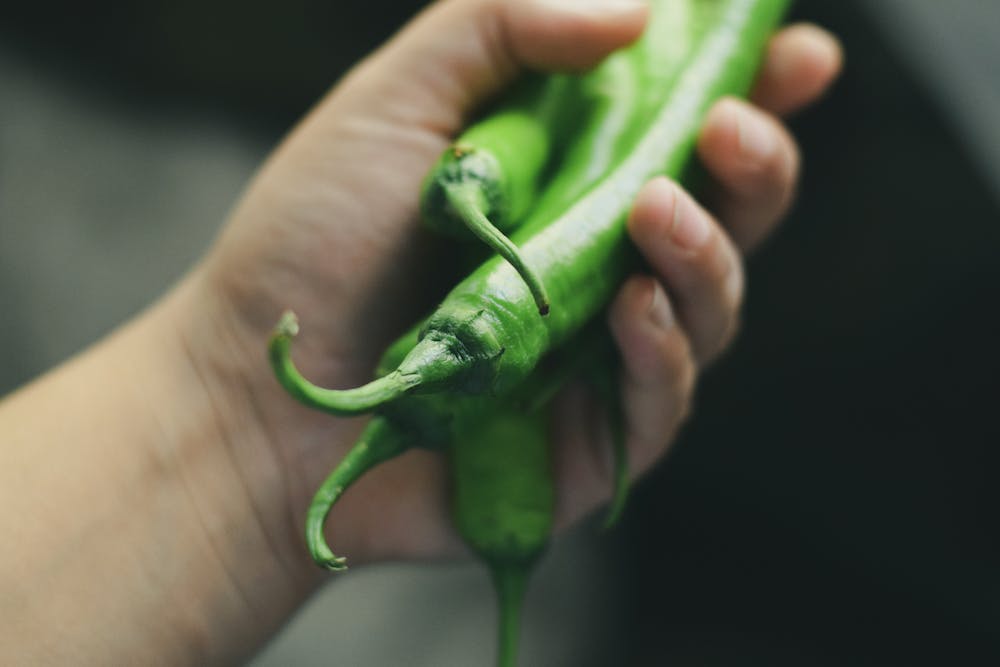 You can eat these foods as part of your meals or snacks. You can also combine them with other iron-rich foods for a balanced diet.
You can eat these foods as part of your meals or snacks. You can also combine them with other iron-rich foods for a balanced diet.
 Iron Supplements
Iron Supplements
 If you have a medical condition that affects your iron absorption or causes blood loss, you may need to take iron supplements to prevent or treat anemia. Iron supplements are available in different forms, such as tablets, capsules, liquids, or injections. Your doctor can prescribe the best type and dose of iron supplement for you based on your blood tests and symptoms.
If you have a medical condition that affects your iron absorption or causes blood loss, you may need to take iron supplements to prevent or treat anemia. Iron supplements are available in different forms, such as tablets, capsules, liquids, or injections. Your doctor can prescribe the best type and dose of iron supplement for you based on your blood tests and symptoms.
 However, you should not take iron supplements without consulting your doctor first. Taking too much iron can cause side effects such as nausea, vomiting, constipation, diarrhea, or even iron poisoning. Iron supplements can also interact with some medications or affect the absorption of other minerals such as zinc or calcium.
However, you should not take iron supplements without consulting your doctor first. Taking too much iron can cause side effects such as nausea, vomiting, constipation, diarrhea, or even iron poisoning. Iron supplements can also interact with some medications or affect the absorption of other minerals such as zinc or calcium.
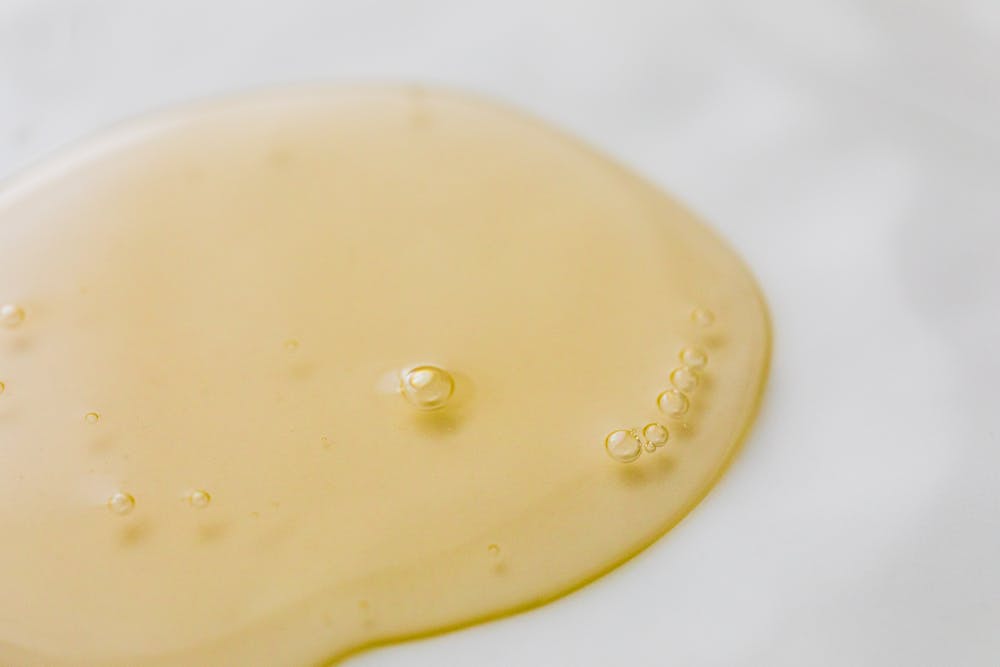 Therefore, it’s best to get your iron from food sources whenever possible and only use supplements when necessary and under medical supervision.
Therefore, it’s best to get your iron from food sources whenever possible and only use supplements when necessary and under medical supervision.
 Conclusion
Conclusion
Iron is an essential mineral that helps your body carry oxygen and prevent anemia. You can get enough iron from a variety of foods, such as meat, poultry, seafood, legumes, nuts, seeds, leafy greens, vegetables, fortified foods, or supplements. To enhance your iron absorption, pair these foods with vitamin C-rich foods and avoid foods that inhibit iron uptake, such as tea, coffee, dairy products, or calcium supplements.
By eating a balanced and varied diet that includes plenty of iron-rich foods, you can nourish your body’s oxygen carriers and enjoy better health and energy levels.


